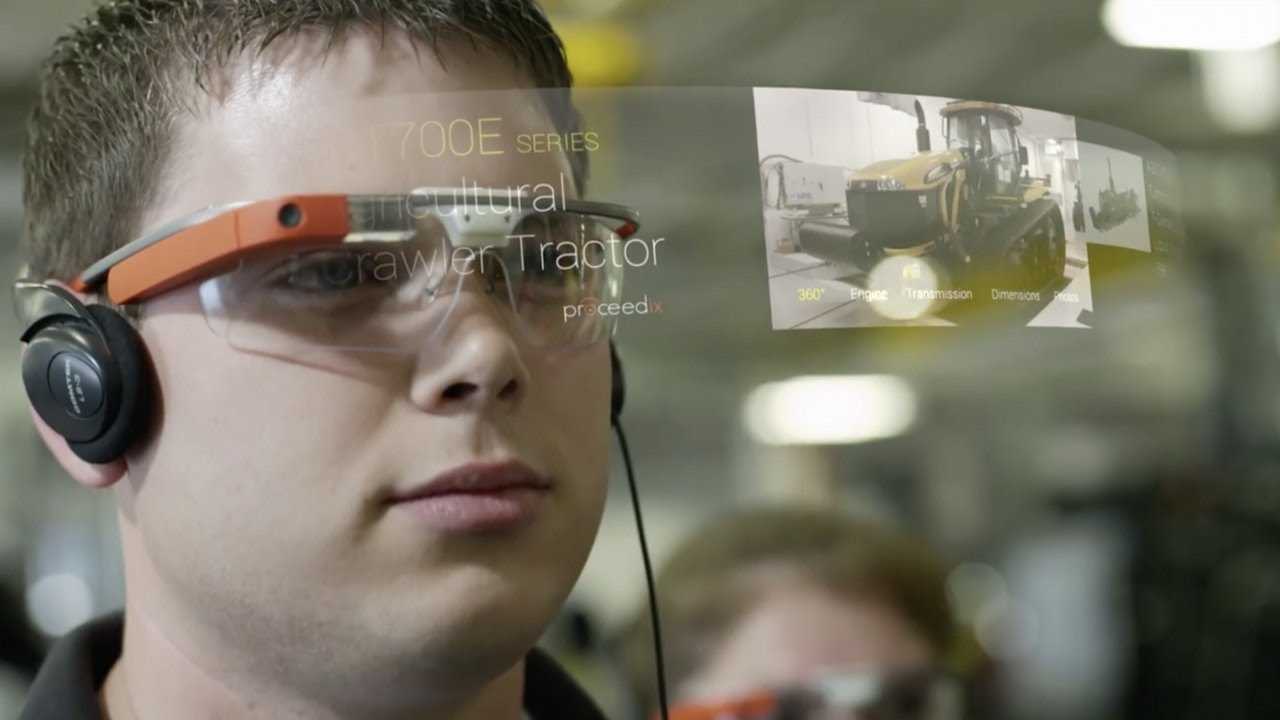Google Glass was a much-hyped device at the time when its launch had been announced. Today, after its launch a few years ago, it remains an eyeglass that needs to be gotten used to in order to make the most of its features and functions.
Varied Reactions to Its Launch
At the time when it was launched in the year 2013, consumers found that privacy was a concern in the way information could be displayed about themselves and others through its capability to record anything and everything. It is a device based on Reality that brings in audio, visual and location-based inputs and can put together relevant information based on real-time location. Hence, as one enters an airport, they can receive flight status and other related information regarding their location. It was then rebranded as a glass that could be a tool for professionals like factory workers or surgeons. However, concerns about invasion of privacy remained and all work was ceased on this project since 2015.
Re-launch
In 2017 a new version was launched, called GLASS Enterprise Edition. It focused on the efforts of making it an effective tool for warehouses and factories. Since then a new version has been released in 2019, called the Glass Enterprise Edition 2.
Features of Google Glass
It is designed on the Android-based operating system. The OS acts as the platform on which virtualization tools like Glassware suite of software is run. The app allows several functionalities to the user. There are built-in Bluetooth and Wi-Fi connectivity as well as camera for recording videos and photographs.
- Built-In Sensors
The eyewear is a smart device that has voice recognition and motion sensors. It processes commands from the user accordingly. The glass rims also have a touchpad. Requested information can be sent to the wearer through micro projection. This acts as a private communication channel which can be accessed by the user only.
- Projection on Lens
The projection works based on LCOS system which is a liquid crystal on silicon where field sequential colors are used. This helps display different images on the glass lens and images are viewed in true colors by the wearer. FSC is akin to the system that works on color television. Here primary colors are transmitted to continuous images and one can rely on human perception and vision to collect information to understand the pictures.
- Unique Glass Display
The glass in the device comprises a semi-transparent portion on the upper right-hand corner. It is five percent of the vision range and this portion transmits information to the wearer. Wearers need to look up and place screen out of their line of vision directly. Placement of the display needs to be right so that this corner does not impede line of vision.
- Sharing Options
Google Glass can take photos and videos exactly as how a user sees them and shares the same through Google Hangout. One can set up reminders for tasks or chores as well as add on visual aids to notifications that would appear on the user’s screen. The glass can sync with calendar events on computers and phones and showcase the same. It can also support video and voice calls.

